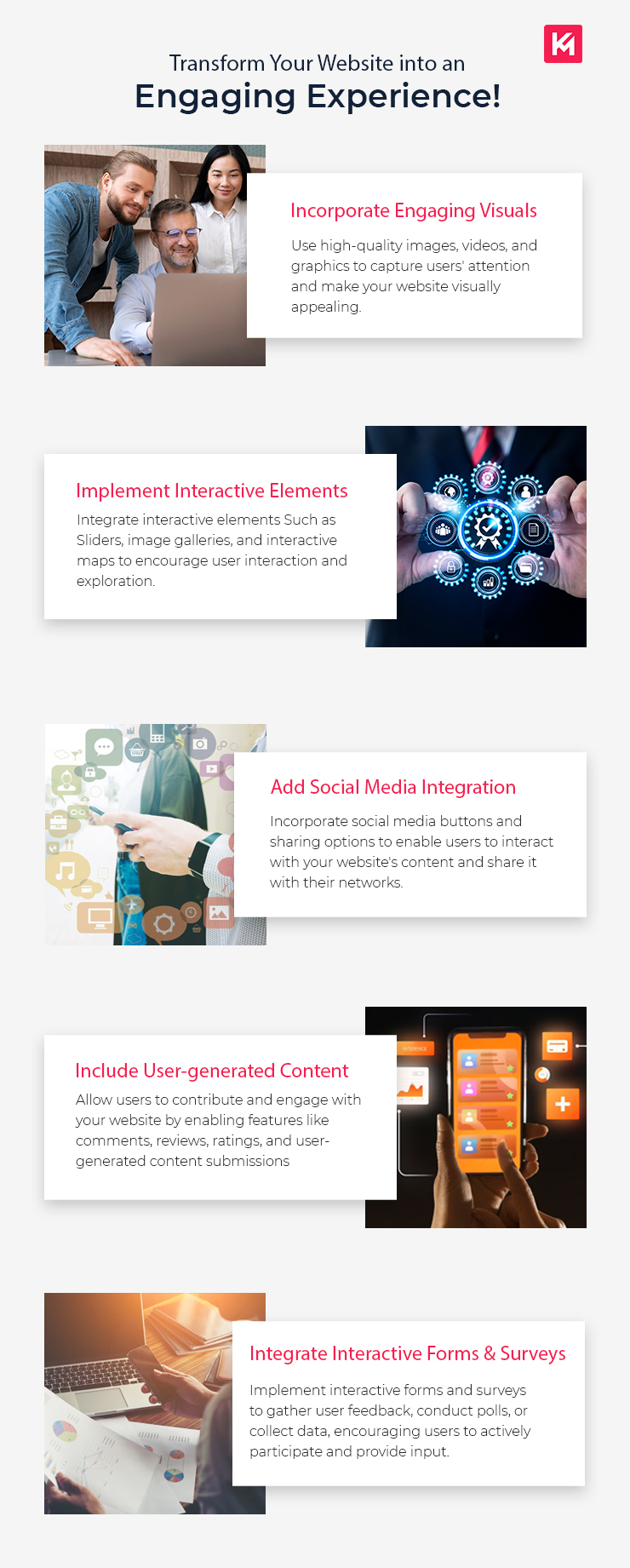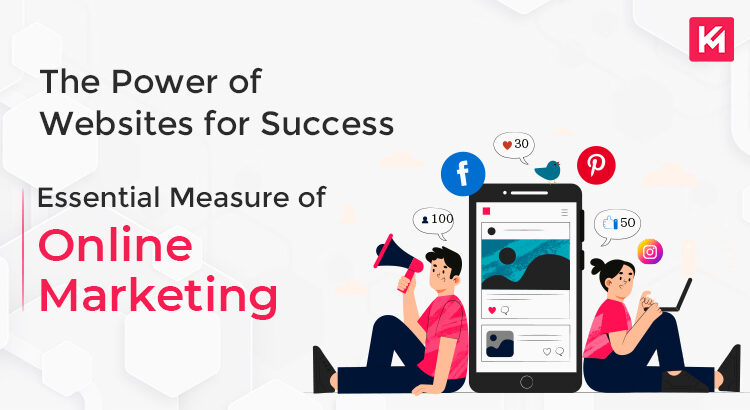In today’s digital landscape, a well-designed website is a crucial cornerstone of online marketing. It serves as your virtual storefront, reaching a global audience and engaging visitors 24/7. A captivating website enhances credibility, showcases your brand, and fosters customer engagement. It is the catalyst for growth, seamlessly integrating with digital channels and driving conversions. Embrace the power of 1 a well-crafted website and unlock the endless possibilities of online marketing.
In this article, we will:
- Explore the importance of websites in online marketing
- Delve into the benefits they offer
- Discuss how to make a website interactive
- Highlight the do’s and don’ts of website building
- Compare interactive and non-interactive websites
- Present a compelling case study of an interactive website.

Benefits of Having a Website for Online Marketing
Having a website offers numerous advantages for businesses looking to leverage online marketing. Let’s explore some of the key benefits:
- Global Reach
Break geographical barriers and reach a worldwide audience.
- Increased Visibility
Improve search engine rankings and brand exposure.
- 24/7 Availability
Accessible anytime, allowing customers to browse and purchase.
- Branding and Credibility
Showcase expertise, testimonials, and unique selling propositions.
- Cost-Effective Marketing
Reach a larger audience with lower investment.
- Data Collection and Analysis
Gain insights to refine strategies and personalize experiences.
- Lead Generation
Capture potential customer information for targeted campaigns.
- Integration with Digital Channels
Seamlessly connect with social media, email, and content marketing.
- Showcase Products and Services
Engage customers with detailed descriptions, images, and reviews.
- Enhanced Customer Engagement
Foster trust, interaction, and a positive user experience.
Elements That Make a Website Interactive
To make your website engaging and interactive, consider incorporating the following elements:
- Intuitive Navigation
Ensure easy and user-friendly navigation.
- Engaging Visual Design
Utilize visually appealing layouts and high-quality visuals to enhance SEO.
- Personalization
Tailor the website experience to user preferences.
- Interactive Content
Include quizzes, polls, surveys, and calculators.
- Social Media Integration
Enable content sharing across social networks.
- Responsive Design
Optimize for various devices and screen sizes.
- Quick Load Times
Optimize website performance for fast loading.
- Live Chat Support
Provide instant assistance and address customer queries.
Encourage reviews and testimonials from users.
- Call-to-Action Buttons
Strategically place clear and compelling CTAs.

Do’s and Don’ts of Building a Good Website
Do’s:
- Get creative with a captivating and user-friendly design.
- Optimize for better search engine visibility.
- Keep your content fresh and engaging.
- Ensure seamless user experience across devices.
- Use analytics to optimize performance.
Don’ts:
- Don’t clutter your website with excessive ads or irrelevant content that overwhelms and distracts visitors.
- Don’t ignore the importance of mobile optimization, as more users access the web through smartphones and tablets.
- Don’t overlook website security measures, safeguarding user data and building trust.
- Don’t neglect regular testing of your website for usability and performance to provide a seamless experience.
- Don’t underestimate the impact of website speed and load times, as slow-loading sites can deter visitors and harm conversions.
Interactive vs. Non-Interactive Websites
| Interactive Websites | Non-Interactive Websites |
|---|---|
| Encourage user engagement through interactive features and content | Primarily provide static information without much user interaction |
| Offer personalized experiences tailored to user preferences | Present information in a standardized format without customization |
| Foster direct communication with users through live chat, feedback forms, etc. | Limit user interaction to basic navigation and scrolling |
| Collect user data for targeted marketing and personalized recommendations | Generally lack data collection and analysis capabilities |
| Drive higher user satisfaction and engagement | May result in lower user engagement and limited time spent on the website |
Case Study: Nike’s Interactive Website Experience
Objective
Nike aimed to create an immersive and interactive online experience to engage customers, enhance brand loyalty, and drive online sales.
Implementation
Nike introduced interactive features like NikeID for personalized shoe customization, social media integration, virtual product trials, and engaging content.
Results
Increased User Engagement
Interactive elements led to higher user engagement and time spent on the website.
Improved Conversion Rates
Interactive product trials and personalized recommendations boosted conversion rates.
Enhanced Brand Loyalty
Personalization, social integration, and community building increased brand loyalty.
Conclusion
By incorporating interactive elements and following best practices, businesses can create an immersive website experience. The case study of Nike’s interactive website exemplifies how interactive features can boost user engagement, conversion rates, brand loyalty, and social reach. In essence, a website is a vital tool for successful online marketing, connecting businesses with their target audience and driving growth.

